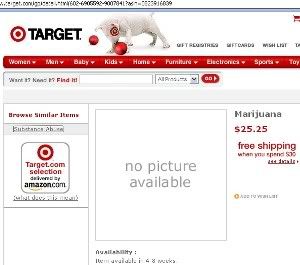The CEO Blogger’s Club had a nice bit on “sales people who are afraid to blog.” (hat tip: scoble). The gist of this group of sales folks:
“The first reaction of the sale team was negative, as they are afraid to see their client talking about prices or problems they might have when using company’s product, rather then sharing together feedback that might be much more constructive and usefull for the sale team itself.
What better CRM tool can we provide than a blog to get immediate inputs, feedback from users ? If a company has to choose one single kind of public to talk to , who should it choose ? Client of course. And who speaks to the client: sales team.”
I agree. Hang it out there. Learn. Listen to what the customer has to say. Implement the suggestions if they make sense. Say “no” if they don’t, and then explain why. Have a rational discussion.
Now, there are some sales people who are blogging…and who I would be hard-pressed to do business with. From a quick skim of his blog, Frank Rumbauskas appears to be one of those people. Don’t know him, never met the guy…but I was so put off by this piece that simply seethed with utter disregard for his customers that he’d have a hard time ever gaining my trust:
“Not in my house. My company gets calls all day long from people who want extra guarantees, names and numbers of references, previews of my book, etc etc before they buy. Instead of catering to these people, my customer service reps are instructed to say, “I’m sorry, but we cannot provide that. If you feel that way then don’t buy it.” Why? Because I would lose money having my staff spend time on these people.
When I sold telephone systems there were those customers who paid full price and those who drove hard bargains and wound up negotiating the price very low. Guess what – the customers who paid full price had my full attention whenever they needed help. I was always happy to drive out to their offices to assist them. Those who got deep discounts were simply told to call the 800 number. Not my job, sorry.”
I read this and I think “this guy is out for the quick buck, not the relationship.” I think “he’s trying to sell units of whatever he’s selling, he’s not trying to help me solve my problem.” I think “he’s not trying to partner with me. He’s not going to be there for me down the road, he’s going to be thinking about whoever his next ‘big kill’ is.”
I also note that he has trackbacks turned off. Pity. He might not even know this conversation is taking place.
